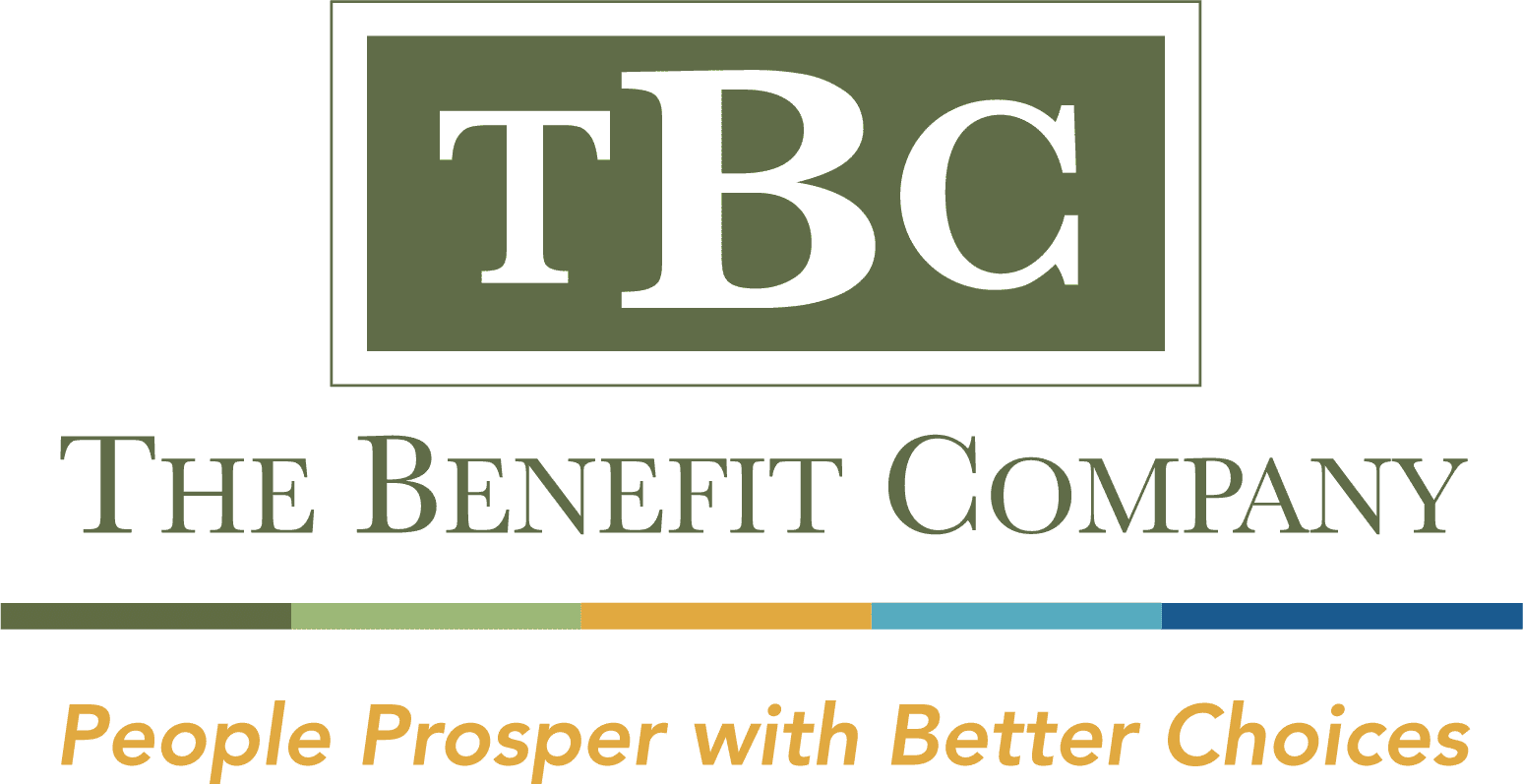It is estimated that more than one-quarter of all employers with at least 50 employees now offer a student loan repayment benefit.
Why?
Got millennials? Want to keep them? Need more? Some 70% of millennials graduate with more than $37,000 of student loan debt. The average for metro Atlanta residents is $22,000.
That’s why.
Unless all your college-graduated employees are part of Morehouse College’s class of 2019, there is a strong likelihood your employees are saddled with college debt.
Student loan debt has been thrust into the spotlight, thanks to billionaire Robert F. Smith’s gift of $40 million to pay off the student debt of just one class at one small college.
Employers can take the cue.
While some of your employees may be mumbling about the boring commencement address at their alma mater, you can join the employers who are increasingly filling in the gap by playing a role in eliminating their employees’ college debt.
In the current economy, the war for talent is fierce. An employer-student loan repayment benefit could be the tipping point for the millennial deciding where to draw the next paycheck.
That is a big deal. A really big deal.
By partnering with a student loan repayment platform, employers help themselves while also helping these debt-laden former collegians by offering a benefit that matters to them.
Many graduates come out of school with a B.S. degree (Bachelor of Stress), saddled with multiple student loans with rates that often hover at 10% or greater. An employer who offers a student loan benefit can provide their employees with the option of consolidating their loans with one payment and with a lower interest rate. On top of that, the student loans are paid off quicker, reducing the employee’s stress factors by one. And the crowd goes wild.
Options and Benefits Available
Common among all student loan providers is the ability for employees to consolidate their student loans, making payments more affordable or simpler.
Student loan repayment benefits provide the means for the employer to contribute to the employee’s student loan debt, with the average contribution being around $100 a month. Some employers, however, will use a strategy where their employer contribution increases from year to year, rewarding longevity.
Now we’re talking.
Similar to a 401(k) match, some employers will institute a plan to match an employee’s payment to their student debt. Even more appealing and cost effective, a growing number of providers now can put a plan in place where the employer can substitute a 401(k) contribution with a student loan debt contribution. The employee chooses. The millennial who may not yet grasp the value of a retirement plan will certainly appreciate a contribution toward their student loan debt. Again, the crowd goes wild.
Many employers are encouraged to make payments directly to the principal of the loan, as the employee maintains payments to satisfy the minimum payments. This assures a quicker payoff. After all, getting rid of college debt is the goal.
Furthermore, all providers offer some form of financial education or evaluation for the employee looking to refinance their debt (although the intensity of the service will vary among providers). This added benefit, however, allows the employee to better understand the role debt plays in their lives, and how they can best approach their debt to pay it off or make it more manageable for this stage of their career.
For Parents Too
Employees who are parents can often benefit from student loan providers too. Some providers will allow parents to refinance loans they took out for their children. In addition, more of these providers are now offering 529 college savings plans for employees.
Players to Consider:

Director of Population Health & Wellbeing
 The Benefit Company
The Benefit Company